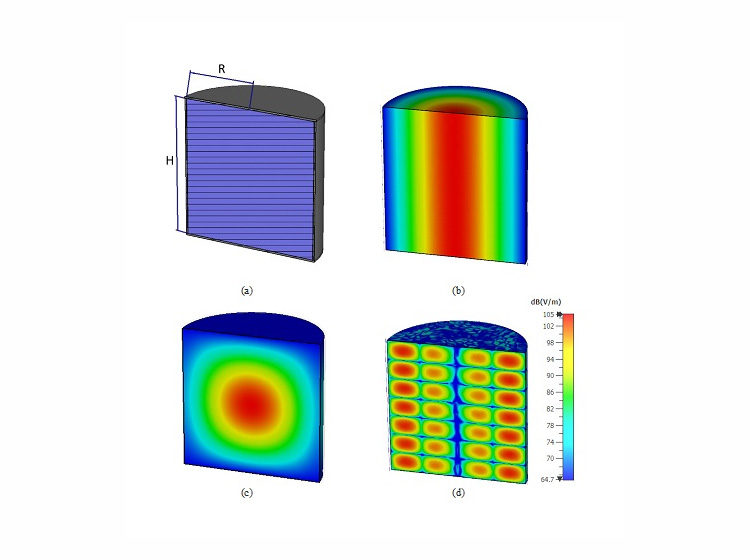The abundance of a widely available spectrum at a frequency band of around 60 GHz (mm-wave region) displays potential to support high data rate, short range wireless communications. This has led to an increased demand for cost effective solutions for the RF front end, such as antennas, phase shifters and filters. Preferably, these mm-wave devices need to be reconfigurable and compact.
Liquid Crystals (LCs) have become attractive substrates for microwave devices. They possess a significant tuneable dielectric constant in the mm-waveband, which can be exploited in compact and reconfigurable devices such as phase shifters and antennas. When designing such devices two main problems are normally encountered. Firstly, the dielectric properties of few LCs have been fully characterised in this waveband. Secondly, design tools fail to account fully for the spatial dependence of the liquid crystal orientation and its effect on the electromagnetic fields. We address the problem of characterisation using a microstrip line fabricated with a layer of liquid crystal as its substrate. Standard microwave substrates are employed resulting in a practical and cost-effective characterisation device. A network analyser is used to measure the scattering parameters prior to and after filling with liquid crystal. Accurate models of the director and microwave fields are then used to set up an inverse problem that allows for the recovery of a number of liquid crystal material properties, including permittivities, loss tangents and elastic constants. Results of the characterisation are presented for a number of liquid crystalline materials.




Leave a Reply